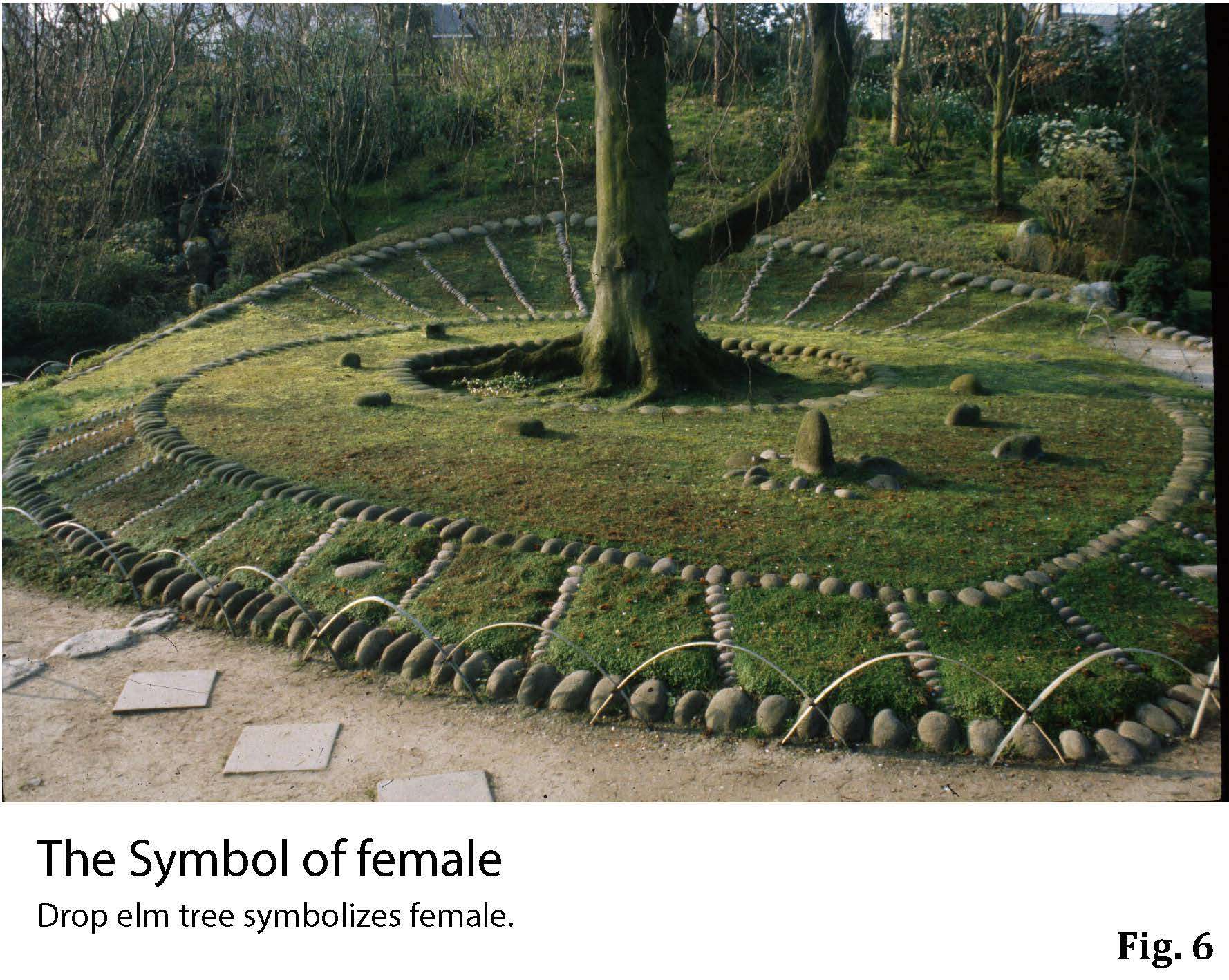







Albert Kahn Garden_rosa_barba
Albert Kahn Garden
Albert Kahn Garden
Project Background
Jardin Kahn was created by a millionaire French banker Mr. Albert Khan in 1900. Mr. Kahn was poor by birth but he thrived hard in his youth and succeeded as a bank owner by his thirtieth. Later he traveled around the world and encountered diverse cultures. He realizes from his experience that true international relations would sprout out from identifying differences and understanding each culture. He structured an idea of the universalism.
With this idea, he created English garden, French Garden, Japanese garden, and other gardens in a suburb of Paris along the river Seine. There, he held garden parties as a stage for international relations. He was acquainted with members of the royal family in Japan upon his visit there, and called two gardeners from Japan to make the Japanese garden. However, after 80 years, with inadequate plant care from the time of its construction due to cultural differences, and along with a new plan to build a museum for Mr. Kahn’s photograph collection, the garden was ready for full renovation.
Takano Landscape Planning was assigned to the project as a designer and builder by Department des-Hauts-de-Seine with recommendation from Ministry of Foreign Affairs and Embassy of Japan. The project was financed by both Japan and France. Japanese side was covered with donation from Mr. Murata, person of Association of Traditional Culture of Japan.
Refer to Figure. 1
Summary of Jardin Kahn
Basic Information
Jardin Kahn which located near Bois de Boulogne is consisting of various gardens including English garden, formal style garden, Alsasce garden, and green houses. It has an area of 5 ha and is managed under Department of Hauts-de-Seine after Mr. Kahn was death. We were involved with the Japanese garden which has an area of 1 ha. About quarter of the garden was in good condition so we kept it while remaining, 3/4 was being renovated. After its opening more than 200000 people visit the garden annually, not only from Paris since the garden is known throughout Europe as one of the notable Japanese gardens to visit. The place was also introduced by Dutch landscape historian and reappraised in France. Location map and overall plan.
Concept
At the beginning of designing process, we have discussed to add new trial deriving from tradition rather than just to copy the old master Japanese gardens. Because gardens based on designing manual that is highly stylized had been repetitiously presented and people are less impressed by such copies. When the stone garden of Ryoanji first appeared, it must have been a shock and controversial to people who were used to gardens of circuit style with ponds and streams. One of the meanings for expressing our ideas in avant-garde Paris was this trial for new ideas upon the tradition.
Symbolism
Japanese gardens represent views of world in Buddhism and Taoism such as Sumeru mountain and Penglaishan. Symbolism is one of the representations in Japanese gardens that are mostly based on Buddhism. With different religious background, there most be different symbols for representation in France. Hence we have introduced two things as theme to be presented.
Expressing life of Mr. Kahn in water
Life of Mr. Kahn was expressed in water which he was very fond of. Water shows different stages of his life; birth, youth, success, transition, turbulence, end, and transmigration, in different expressions of water. Visitors to the garden would recognize that as they stroll the gardens then they know about his values and the world he lived.
Developing Kahn’s philosophy to the process of garden making
We also lay his philosophy of universalism as a base for garden making process. He stated that accepting differences of cultures is the beginning of international relations. Not only Japanese staff was made the garden, but also many people from 20 different countries participated on the process of making the garden together with more understandings of each other.
Refer to Figure. 2 - 9
Three ideas of Japanese beauty
Japanese beauty is often represented by “wabi” and “sabi” which are sophisticated and stoic beauty of less is more. Many Japanese garden are based on this concept. We also wanted to express more primal and vernacular beauty represented in Jomon culture and decorative and ornamented colorfulness of the world of Geisha and Tattoos in Japan in this garden. From two dimensional world view to diversely related world view. The garden was intended to express gray and ambiguous world rather than two dimensional Yes/No view of the Western world.
